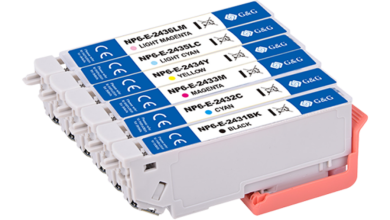Best Practices for Professional Service Automation Implementation

Professional service automation (PSA), in its most basic form, is about optimizing the delivery of services by streamlining and automating business processes. However, its implementation is not always straightforward. A lack of understanding of the complex intricacies associated with PSA technology can result in reduced operational efficiency and inferior service quality. This article will cover some of the best practices for successful PSA implementation.
Understanding the Basics of Professional Service Automation
Before embarking on the journey of professional service automation, it’s key to comprehend what PSA entails. At its core, PSA is a set of integrated software tools service-centric businesses use to manage and measure performance.
These tools streamline operations, enhance resource utilization, improve project management, and provide critical insights for decision-making. Automation is the key aspect here, freeing up human resources to focus more on strategic tasks. The motive behind PSA is to bring efficiency, visibility, and profitability to service-based businesses.
The understanding and alignment of the PSA framework with business goals are crucial. Implementation should be in harmony with your organization’s strategic objectives and processes. The goal is to craft a seamless environment where technology and business processes work hand in hand.
Effective Professional Service Automation Implementation Strategies
An effective and successful PSA implementation requires a coherent and well-thought-out strategy. Start by identifying the specific goals of the implementation and how they align with the organization’s business objectives.
Ensure that the selected vendor understands your unique operational needs and can customize the solution accordingly. This way, you avoid a ‘one-size-fits-all’ approach that may not fully address your unique needs.
Conduct thorough staff training to enhance user adoption and reduce resistance to the system. In addition, offer continuous support during the transition period and beyond to ensure users are comfortable with the new system.
It also pays to phase the implementation instead of an all-at-once approach. This minimizes potential disruptions and allows for adjustments and refinements along the way.
Addressing Common Challenges in Implementing Professional Service Automation
Implementation of any new technology can present certain challenges. It’s critical to recognize these early on and strategize on how to address them. Common challenges include resistance to change, lack of proper training, and inadequate project planning.
Overcoming resistance to change requires robust change management strategies. These may include management’s commitment to the new system, effective communication, and providing staff with the necessary training and technical support.
To ensure adequate project planning, clearly outline the implementation timelines, required resources, and roles and responsibilities of each project member. Also, closely monitor progress and be ready to adjust the plan as necessary.
Lastly, always keep an open line of communication with the software vendor. The supplier should provide the necessary technical and service support, especially in the initial stages of implementation.
How To Measure Success in Professional Service Automation Implementation

Measuring the success of PSA implementation should be an ongoing process. Key metrics include improved resource utilization, increased operational efficiency, and enhanced project delivery.
User adoption rate is also a crucial indicator of success. High adoption rates signify successful system integration, sufficient user training, and the system’s ability to fulfill user requirements.
Financial metrics are another consideration. Positive shifts in cost control, profitability, and revenue growth indicate successful PSA implementation.
The ultimate sign of success is improved customer satisfaction. Happy customers result from efficient service delivery, improved response times, and the overall quality of service, which are direct benefits of effective PSA systems.
PSA can revolutionize service-based businesses, offering significant operational improvements and cost-saving benefits. However, realizing these potential benefits relies heavily on appropriate system selection, well-planned implementation strategies, and continuous performance measurement.





